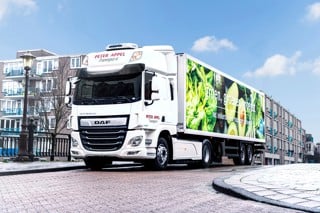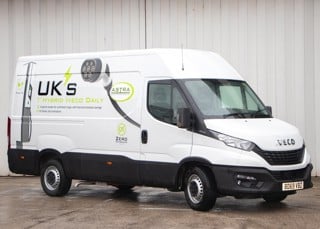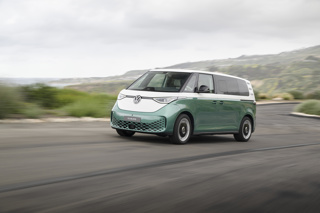UTAC, previously Millbrook, is supporting the Ministry of Defence (MoD) with a programme to determine the benefits that hybrid vehicles may bring to today’s battlefield mission.
The Technology Demonstrator 6 (TD6) military programme entails two main strands of work. The first is to gather data on hybrid technologies from across the UK industry. This includes investigating development paths for hybrid and electric vehicle technologies to inform future vehicle development by the MoD.
The second is focused on demonstrating potential benefits and drawbacks of vehicle hybridisation in a military context. The core element of this is a series of tests, conducted at UTAC’s proving ground in the UK, to benchmark a sample of hybridised military vehicles against their existing capabilities.
“We are seeing more and more hybrid and electric vehicles tested and we are keen to exploit these commercial technologies into the military context. There have been many written defence studies in this area but physical demonstrations have been limited. Through testing a cross section of hybrid military vehicles, TD6 aims to provide evidence to support previous studies but also to address user perceptions, both positive and negative. Our test programme is centered on those perceived benefits and disbenefits and will also benchmark how easy it may be to apply existing, available commercial technologies to the military environment," said Julian Bryan, head of military test and development at UTAC.

The sample represents a cross section of military vehicle applications and configurations for hybrid drivelines.
The electrification of the sample vehicles was designed and integrated by Magtec. It has previously provided technical expertise for military experimentation with electric drivelines. For TD6, Magtec has designed and built systems for the Man HX60 support vehicle, the Jackal combat reconnaissance vehicle and the Foxhound patrol vehicle.
The vehicles have been built and are now being tested to identify the effects of hybridisation on fuel economy, emissions, mobility and driveability, as well as factors such as noise, electromagnetic compliance and infrared signatures. Through the different vehicle configurations, this work will investigate the potential for wider adaptation.
The programme is scheduled to produce a final report in the autumn, which will provide much sought after evidence on the benefits and constraints of hybridisation within a military environment. In addition to potentially enhancing stealth movement, on-board systems charging and emissions, it has already been recognised that capabilities such as off-board power have wider reach than just the vehicle environment.
“TD6 is a key part of the Army’s plan for electrification of the battlefield, which seeks to gain operational advantage through using novel solutions for power, performance and support while also reducing carbon emissions. The programme will provide evidence to support the benefits, both direct and indirect, that hybridisation of some or all of our vehicle fleet may bring to inform our roadmap towards a more capable and sustainable future,” added Colonel Simon Ridgeway OBE – assistant head plans, Ground Manoeuvre - Army HQ























Login to comment
Comments
No comments have been made yet.